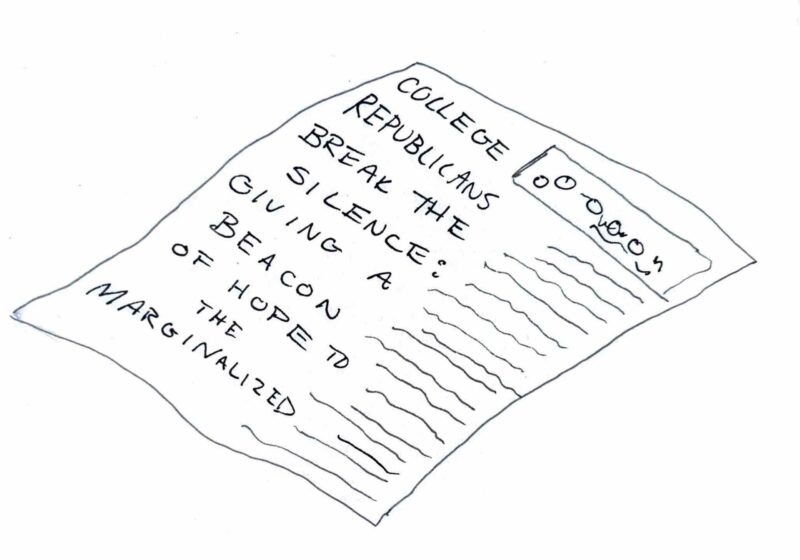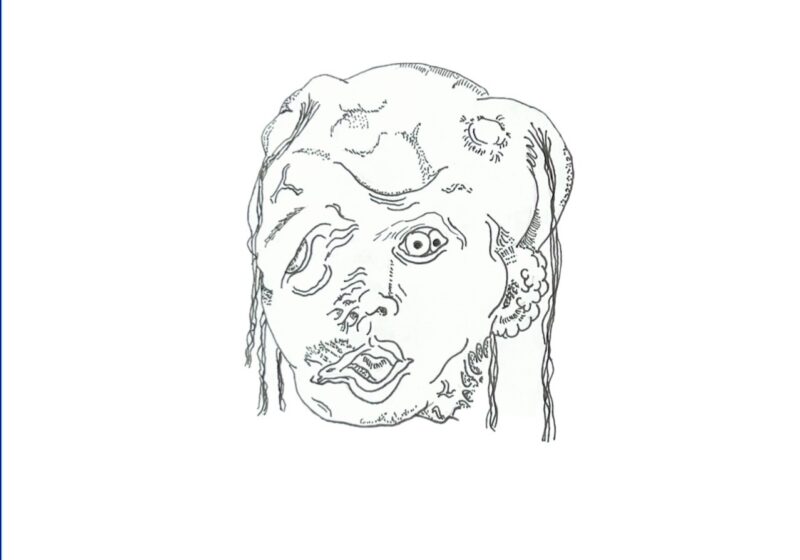Many of the negative impacts humans have on the environment are visible to the naked eye. Trash washes up on our beaches, the ice caps are visibly shrinking, and smog darkens our skies. But some environmental menaces, such as microplastics, are nearly invisible.
The U.S. National Oceanic & Atmospheric Administration classifies microplastics as any piece of plastic less than five millimeters in diameter. Some are as small as three microns —‚half the size of a red blood cell. This comes from a variety of sources, including the microbeads found in cosmetics, paint, tire dust, industrial waste, and clothing. Tiny fibers of acrylic, nylon, spandex, and polyester are shed each time we wash our clothes and are carried off to wastewater treatment plants. There, some of the fibers are removed in the filtration process, but not all. A study by UC Santa Barbara found that washing a single synthetic jacket released an average of 1.7 grams of microplastics.
These tiny fragments can become embedded in animals’ tissue through ingestion or respiration. Various marine species, such as deposit-feeding lugworms, are shown to have microplastics in their intestinal tracts. Other species, like shore crabs, have been found with microplastics in both their respiratory and intestinal tracts. This slowly suffocates the animals from the inside out. The production and disposal of microplastics, among other unwitting actions by humans, have played a significant role in catalyzing the deterioration of marine ecosystems.
But microplastics are not just a problem for marine life. Humans are consuming them too, sometimes through eating contaminated seafood. As higher trophic level species consume those lower on the food chain, the plastic accumulates via biomagnification, and as the top predator, humans should be especially wary.
Microplastics also run rampant in drinking water. A 2017 investigation by Orb Media, which looked at tap water samples from over a dozen countries, found that 83 percent of the samples were contaminated with plastic fibers. Of the countries studied, the United States had the highest contamination rate at 94 percent. Once ingested, most of the microplastics stay in our systems forever, and little is known about their long term impact on our health.
Microplastic pollution is not an easy problem to address, but there are small changes that you can make to reduce your contribution to the problem. One strategy is to stop fibers before they enter the wastewater stream. Patagonia announced that it will sell the Guppy Friend, a bag that you can place clothing in before tossing it into the wash, which will prevent the fibers from being flushed away. A product called the Cora Ball can be tossed into the wash to collect circulating fibers. You can also avoid buying any facial scrubs that use plastic microbeads. Lastly, you can reduce your plastic consumption and waste altogether by buying reusable water bottles and grocery bags, and being sure to always recycle any plastics you come across. Reducing the presence of microplastics and other forms of waste present in our environment is everyone’s responsibility. Do your part.




